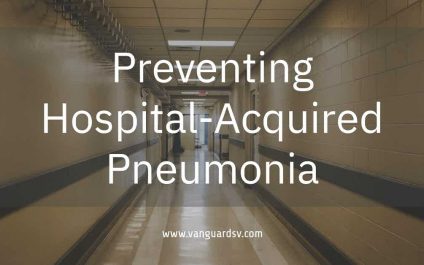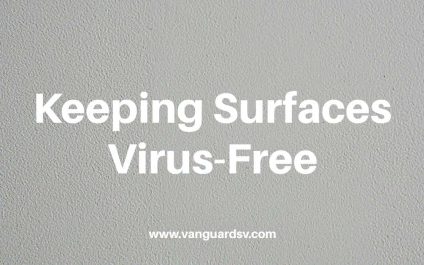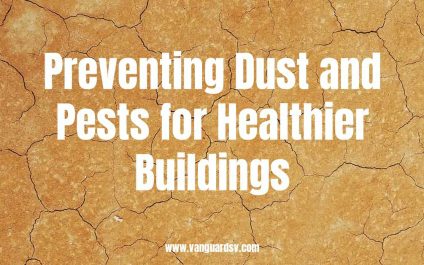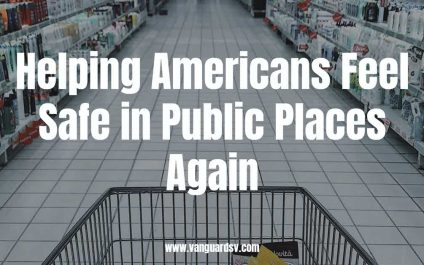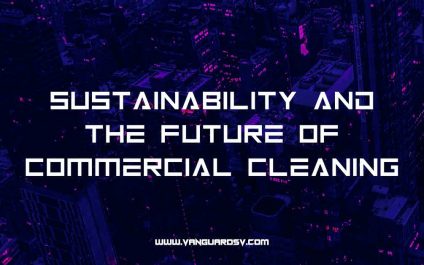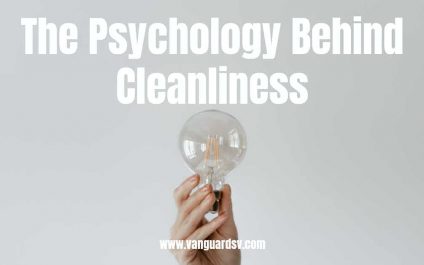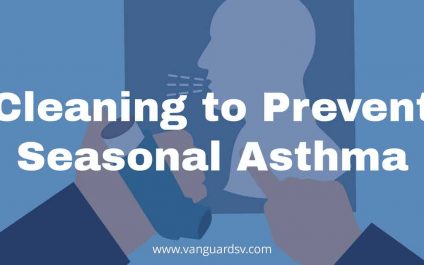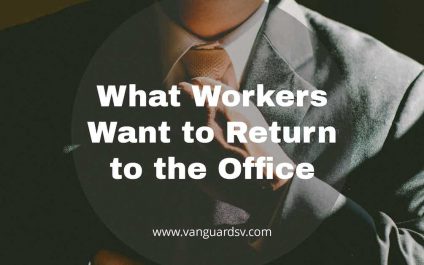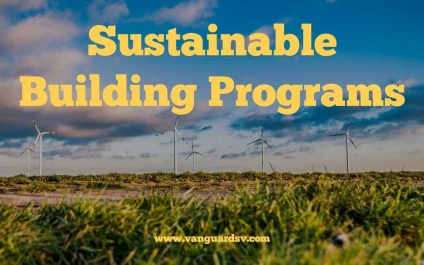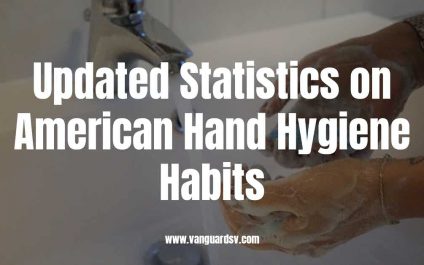Non-Ventilator Hospital-Acquired Pneumonia (NVHAP) is the most common Hospital-Acquired Infection (HAI) in the United States, yet it goes unreported by most healthcare facilities.
Understanding Non-Ventilator Hospital-Acquired Pneumonia
Hospital-Acquired Pneumonia is the most prevalent HAI in the US.
Yet, it goes under or entirely unreported by healthcare facilities due to a lack of requirements or regulation by several significant oversight bodies.

